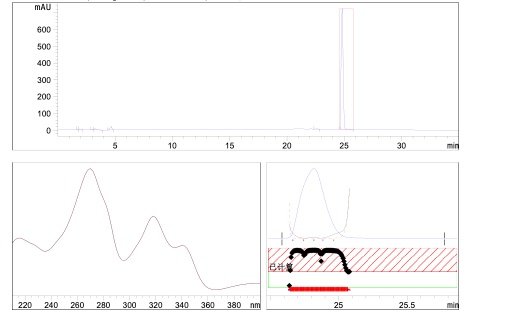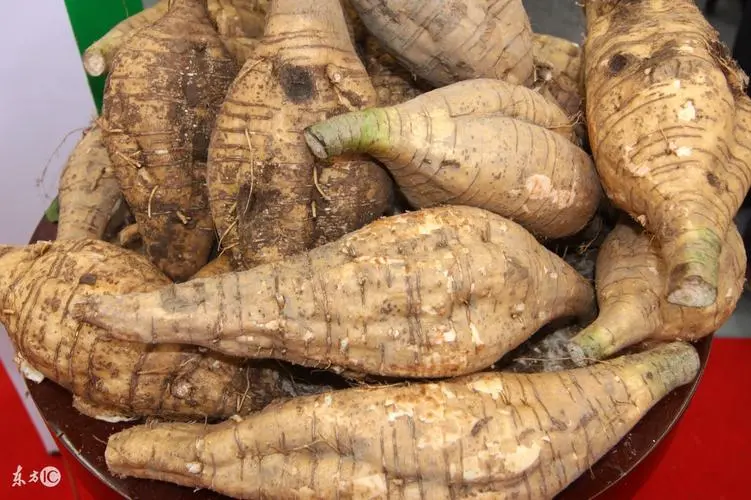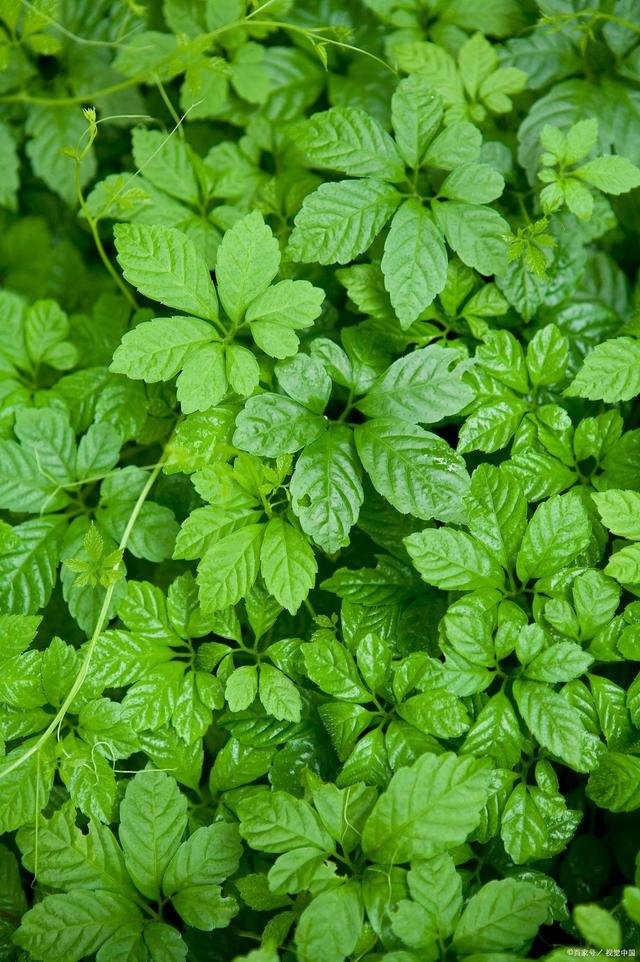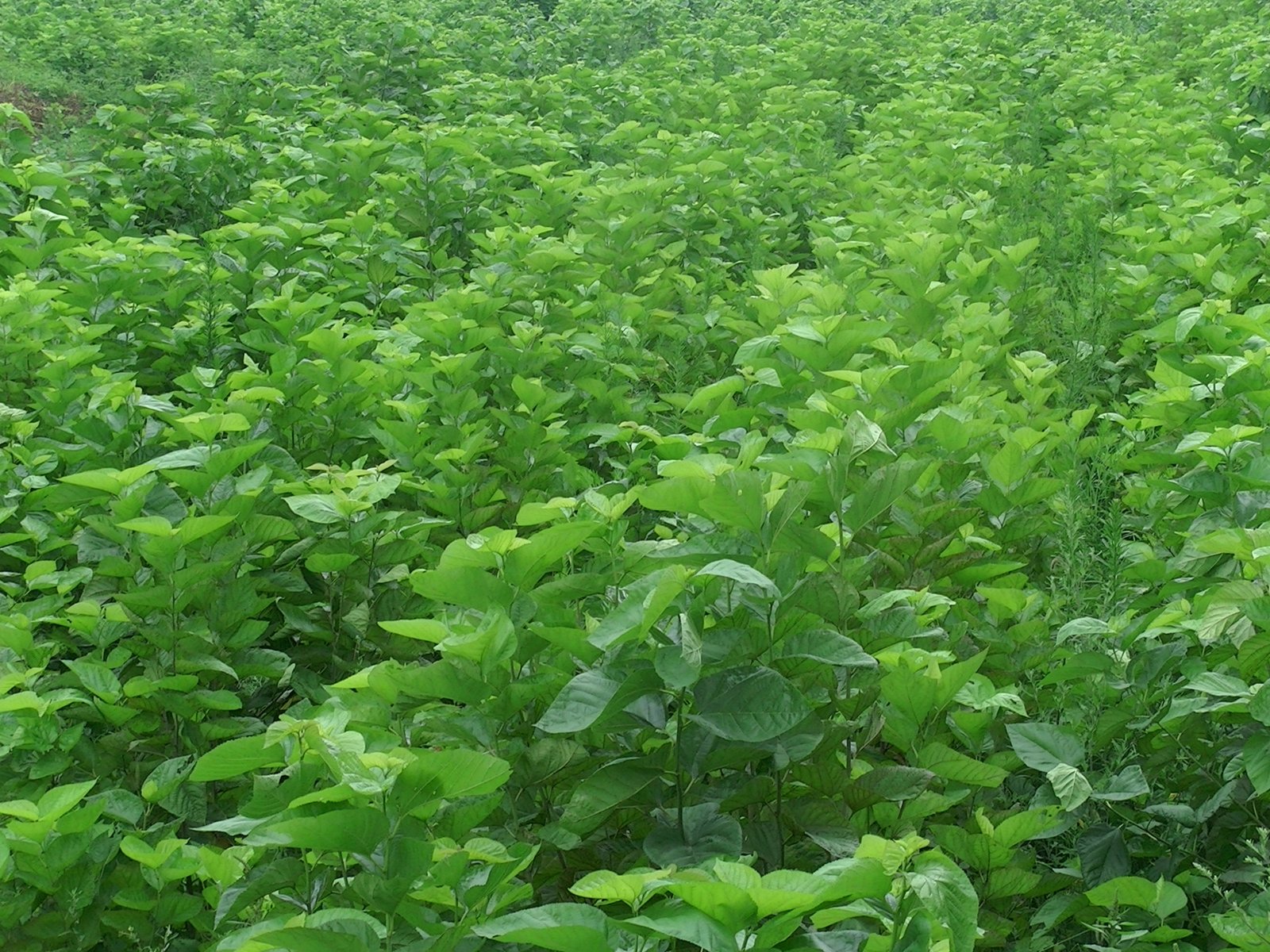Chelerythrine Chloride is a naturally occurring alkaloid derived from plants such as Chelidonium majus (greater celandine). Known for its unique bioactive properties, this compound has found applications across diverse industries, including animal feed, pharmaceuticals, cosmetics, and more. In this article, we’ll explore how Chelerythrine Chloride is utilized in these fields, highlighting its benefits and potential. We’ve also included internal links to related resources for a deeper dive into relevant topics.
Chelerythrine Chloride in Animal Feed
In the realm of animal nutrition, Chelerythrine Chloride serves as a valuable feed additive with multiple benefits:
- Antimicrobial Properties: Chelerythrine Chloride’s ability to combat bacteria and other microbes makes it an effective tool for reducing microbial contamination in feed. This helps prevent infections in livestock and supports overall animal health, reducing the need for conventional antibiotics—a critical step in addressing antibiotic resistance.
- Growth Promotion: Research suggests that this compound enhances nutrient absorption and feed efficiency, promoting healthy weight gain in animals like poultry, swine, and cattle. This makes it a natural alternative for improving productivity in farming.
- Anti-inflammatory Effects: By reducing inflammation in the gut, Chelerythrine Chloride supports better digestion and nutrient utilization, contributing to animal well-being.
Pharmaceutical Applications of Chelerythrine Chloride
The pharmaceutical industry has taken a keen interest in Chelerythrine Chloride due to its promising therapeutic properties:
- Anticancer Activity: Studies have demonstrated that Chelerythrine Chloride can trigger apoptosis (programmed cell death) in cancer cells, particularly in leukemia and other blood-related cancers. This positions it as a potential candidate for novel anticancer treatments.
- Antimicrobial and Antifungal Uses: Its ability to fight bacteria and fungi extends to human health applications, offering a natural alternative to synthetic antimicrobials for treating infections.
- Neuroprotective Effects: Preliminary research suggests that Chelerythrine Chloride may protect nerve cells, potentially aiding in the management of neurodegenerative conditions like Alzheimer’s by influencing key signaling pathways in the brain.
Chelerythrine Chloride in Cosmetics
The cosmetics industry is increasingly embracing natural ingredients, and Chelerythrine Chloride fits the bill with its skin- and hair-friendly properties:
- Skin Health: Thanks to its anti-inflammatory and antimicrobial effects, this compound can be used in skincare products to tackle acne, soothe redness, and promote a healthy complexion.
- Anti-aging Properties: Chelerythrine Chloride’s antioxidant capabilities help combat oxidative stress, a key factor in skin aging. This may reduce wrinkles and improve skin elasticity over time.
- Hair Care: In hair products, it can support scalp health by addressing dandruff and fungal infections, making it a versatile addition to shampoos and conditioners.
Other Applications of Chelerythrine Chloride
Beyond the core areas of feed, pharmacy, and cosmetics, Chelerythrine Chloride has additional uses that showcase its versatility:
- Agricultural Biopesticides: Its antimicrobial properties make it a promising ingredient in natural pesticides, protecting crops from bacterial and fungal threats without the environmental downsides of synthetic chemicals.
- Research and Development: Scientists use Chelerythrine Chloride as a research tool to study cell signaling, particularly its inhibition of protein kinase C (PKC), a key enzyme in various biological processes.
- Veterinary Medicine: Similar to its pharmaceutical applications, it’s being explored for treating infections and inflammation in animals, broadening its impact in animal health.
Conclusion
Chelerythrine Chloride is a remarkable compound with a wide range of applications, from enhancing animal feed to driving innovation in pharmaceuticals and cosmetics. Its natural origins, combined with its antimicrobial, anti-inflammatory, and antioxidant properties, make it a standout choice for industries seeking sustainable and effective solutions. As research progresses, the potential uses of Chelerythrine Chloride are likely to expand, offering exciting opportunities for further exploration and development.
Whether you’re in agriculture, healthcare, beauty, or research, Chelerythrine Chloride’s versatility could be the key to unlocking new advancements in your field.














